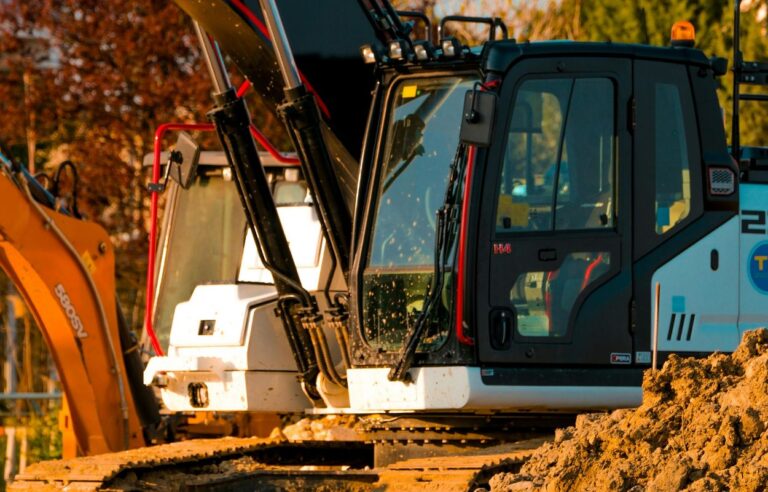Reusing materials from old buildings isn’t just smart. It’s exciting, creative, and surprisingly practical. With the right approach, you can take materials that would normally end up in a landfill and transform them into something entirely new. Whether you’re a homeowner, a builder, or just curious about sustainable construction, this topic is worth exploring.
In this article, we’ll dive into how salvaged materials can become the building blocks for new structures. We’ll also talk about how deconstruction services in Campbell River make this process easier and more efficient.
THE VALUE OF SALVAGED MATERIALS
Salvaged materials have more to offer than most people realize. Wood, metal, brick, and even concrete can get a second life in new construction projects. These materials often come from buildings that are carefully taken apart rather than demolished. This method preserves their integrity, making them suitable for reuse.
Not only do salvaged materials reduce waste, but they also add character to new structures. Reclaimed wood, for example, carries a history that new lumber simply can’t match. Old beams can add warmth and charm to a modern home. Metal pieces can create industrial-style accents that feel unique and intentional.
WHY DECONSTRUCTION MAKES A DIFFERENCE
When you hire deconstruction services in Campbell River, you get more than just careful dismantling of old buildings. You get a process designed to maximize material recovery. Skilled crews separate wood, metal, glass, and other valuable elements so they can be reused efficiently. This careful approach saves money in the long run and keeps materials out of landfills.
Deconstruction also makes the site safer. Instead of tearing everything down quickly, professionals work methodically. This approach reduces accidents and allows more materials to be preserved. By taking the time to deconstruct, crews ensure that the materials remain in good condition for their next life.
CHOOSING MATERIALS FOR NEW STRUCTURES
Not every salvaged item works for every project. Some materials may need repair, while others may be ready to use immediately. When planning a new structure, consider what you need most. Do you want wood for framing, flooring, or decorative features? Are there bricks that could be repurposed for walls or patios?
It’s also important to check the condition of salvaged materials. Wood should be free from rot, metal should be rust-free, and glass should be intact. Some materials may need sanding, refinishing, or minor repairs. Once materials are ready, you can start designing your project around them.
DESIGNING WITH SALVAGED MATERIALS IN MIND
Working with salvaged materials requires creativity. You may need to adapt your design to fit the materials you have available. This flexibility can lead to unique, one-of-a-kind structures. For example, a beam from an old barn might become a stunning kitchen island. Reclaimed brick can form an eye-catching fireplace wall.
Designing with salvaged materials can also save money. Since you’re reusing what’s available, you can reduce your expenses on new materials. It’s an eco-friendly approach that often results in a more interesting and visually appealing finished product.
TOOLS AND TECHNIQUES FOR REUSING MATERIALS
Some tools and techniques make repurposing materials much easier. For wood, sanders, saws, and drills can help reshape old beams or planks for new purposes. For metal, welding, cutting, and bending equipment can transform scrap pieces into functional components. Bricks and stones can be cleaned, leveled, and reinstalled using simple masonry techniques.
Proper storage is also key. Keep materials dry and protected while you plan your project. This prevents damage and ensures your salvaged items remain usable. Organizing materials by type and size can save time later when you start building.
CREATING NEW STRUCTURES RESPONSIBLY
Building new structures from salvaged materials requires careful planning. Think about structural integrity and safety first. Make sure reused materials meet current building codes. Consulting with experienced builders or architects familiar with reclaimed materials can prevent issues down the line.
Environmental responsibility is another important factor. By reusing materials, you reduce the demand for new resources and lower your project’s carbon footprint. You also reduce landfill waste, which benefits your community and the planet.
INSPIRATION FROM SUCCESSFUL PROJECTS
Countless projects around the world show how salvaged materials can shine. Some homeowners have built entire houses using mostly reclaimed wood. Others have crafted outdoor decks, fences, or garden sheds from old bricks and timber. Businesses even use salvaged metal and wood for interior design features like tables, shelving, and lighting.
These examples show that working with salvaged materials doesn’t limit your creativity. In fact, it can enhance it. You get to play with textures, colors, and shapes that new materials can’t offer. Every piece carries a story, adding depth and personality to your project.
WORKING WITH PROFESSIONALS
Even if you love DIY projects, teaming up with professionals can make a big difference. Deconstruction services in Campbell River not only salvage high-quality materials but also offer guidance on how to reuse them safely. They can help you assess what’s worth keeping, what needs repair, and how to transport materials efficiently.
Collaborating with experts ensures that your new structures are strong, safe, and beautiful. You’ll also gain peace of mind knowing that your project respects both building standards and the environment.
FINAL THOUGHTS
Creating new structures from salvaged materials is more than just recycling—it’s an opportunity to innovate and express creativity. By choosing reclaimed materials, you save money, reduce waste, and give old items a meaningful second life.
Deconstruction services in Campbell River make this process easier and more reliable. They help you recover high-quality materials and offer advice on how to use them effectively. With the right planning, tools, and creativity, your next project can be sustainable, stylish, and full of character.
Whether you’re building a new home, an outdoor space, or decorative features, salvaged materials open doors to endless possibilities. It’s a practical and inspiring way to construct, showing that old materials can make something entirely new and exciting.


